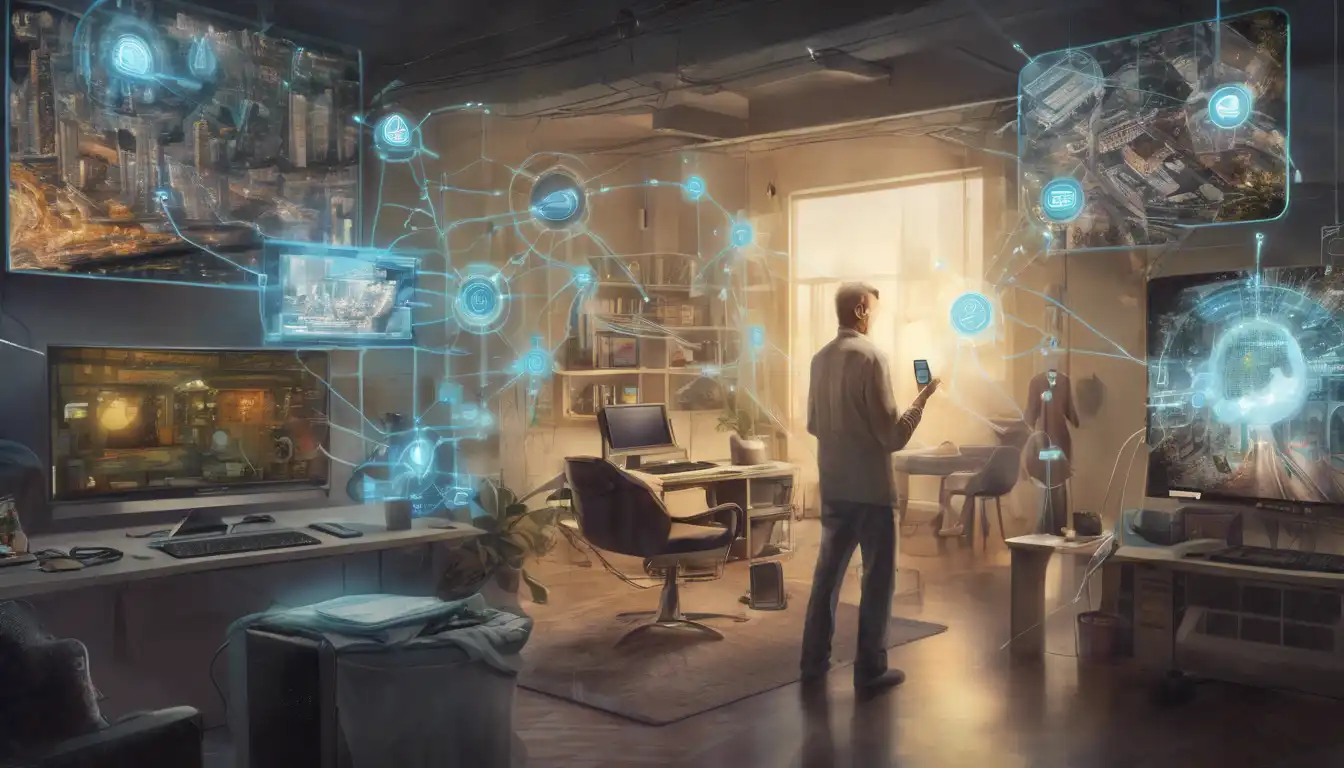Introduction to the Internet of Things (IoT)
The Internet of Things (IoT) represents a revolutionary shift in how we interact with technology. By connecting everyday devices to the internet, IoT enables them to send and receive data, making our lives more convenient, efficient, and secure. From smart homes to wearable technology, IoT is transforming the fabric of daily living.
How IoT is Enhancing Home Life
Smart homes are perhaps the most visible example of IoT's impact. Devices like smart thermostats, lights, and security systems can be controlled remotely, offering unparalleled convenience and energy savings. For instance, a smart thermostat learns your schedule and adjusts the temperature accordingly, reducing energy consumption and costs.
Key Benefits of Smart Homes:
- Energy efficiency and cost savings
- Enhanced security through smart locks and cameras
- Convenience of controlling devices from anywhere
IoT in Healthcare: A Leap Forward
IoT is making significant strides in healthcare, with wearable devices monitoring vital signs in real-time and alerting users and doctors to potential health issues. This proactive approach to health management can save lives by detecting problems before they become critical.
Examples of IoT in Healthcare:
- Wearable fitness trackers that monitor heart rate and activity levels
- Smart insulin pumps that adjust doses based on glucose levels
- Remote monitoring devices for elderly care
The Role of IoT in Smart Cities
IoT is at the heart of smart city initiatives, improving urban living through smarter traffic management, waste disposal, and energy use. Sensors can monitor traffic flow in real-time, reducing congestion and pollution, while smart grids ensure efficient energy distribution.
Smart City Innovations:
- Intelligent traffic lights that adapt to traffic conditions
- Smart bins that signal when they need emptying
- Public safety enhancements through connected surveillance systems
Challenges and Considerations
Despite its benefits, IoT raises concerns about privacy and security. The vast amount of data collected by IoT devices can be vulnerable to hacking, necessitating robust security measures. Additionally, the environmental impact of producing and disposing of IoT devices is a growing concern.
Addressing IoT Challenges:
- Implementing strong encryption and security protocols
- Developing sustainable manufacturing and recycling processes
- Ensuring transparency in data collection and use
Conclusion: The Future of IoT
The Internet of Things is reshaping our world, offering solutions to some of the most pressing challenges of modern life. As technology advances, the potential for IoT to improve lives is boundless. However, it is crucial to address the accompanying challenges to fully realize its benefits.
For more insights into how technology is changing our lives, explore our technology trends section.
